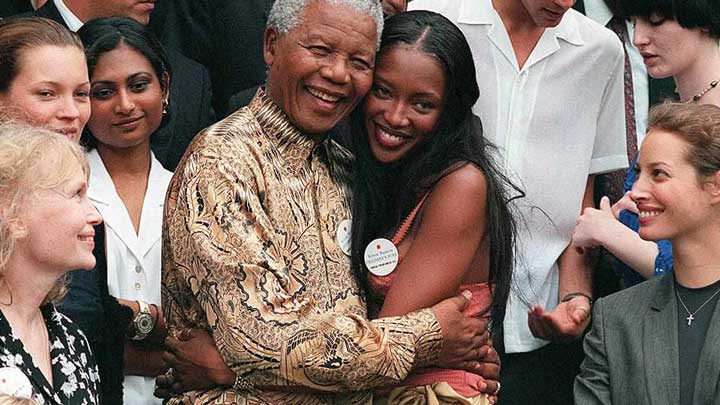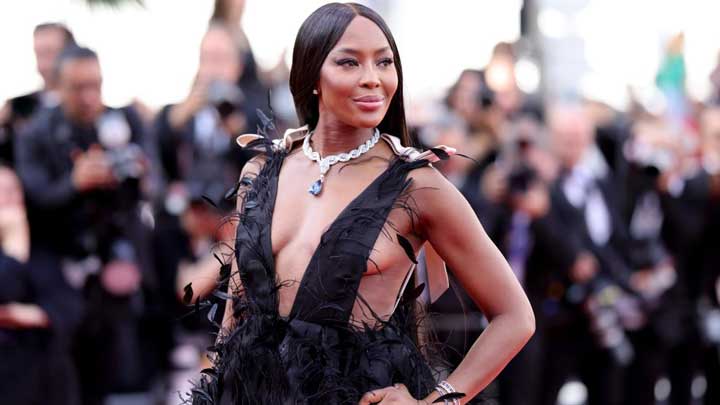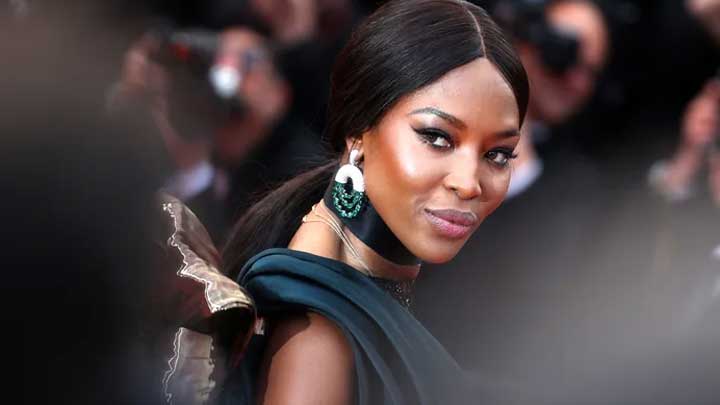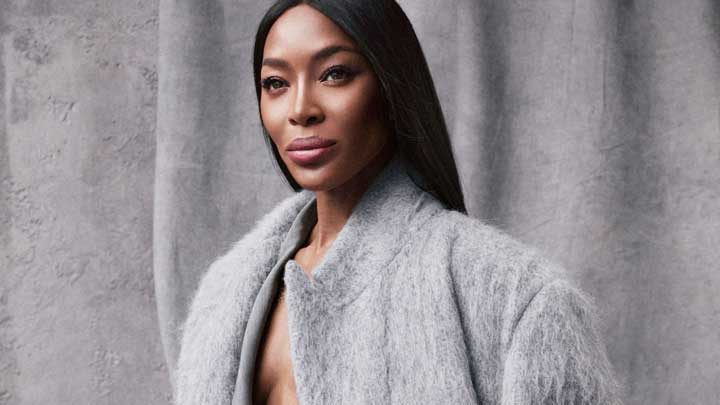
Explore Naomi Campbell's fierce elegance and emotional depth through Cattell’s 16 Personality Factors.
Naomi Campbell: Fierce Grace, Legacy, and Inner Fire
Naomi Campbell’s rise to global supermodel stardom is an extraordinary story of triumph, resilience, and personal reinvention. The Personality Report of Naomi Campbell sheds light not only on her dazzling achievements but also on her private battles with emotional health. Campbell has faced profound challenges, including abandonment trauma from early childhood, intense grief following the loss of close friends, struggles with substance abuse, and publicized issues with anger management often linked to symptoms resembling Intermittent Explosive Disorder (IED). While never formally diagnosed, her emotional volatility and legal altercations painted a complex portrait of a woman grappling with deep-seated pain.
Instead of allowing these struggles to dominate her narrative, Naomi Campbell sought therapy, entered rehabilitation programs, and committed to self-reflection. Over time, she transformed her vulnerabilities into sources of personal power, advocating for mental health awareness and using her platform to inspire resilience and recovery. In this analysis, we use Raymond Cattell’s 16 Personality Factors to explore the psychological traits that fueled both her challenges and her extraordinary evolution into a global icon of empowerment.




















